heel pain
Displaying items by tag: heel pain
Dr. Brandon Nelson, Board-Certified Foot and Ankle Physician and Surgeon, Discusses Achilles Tendon Pain
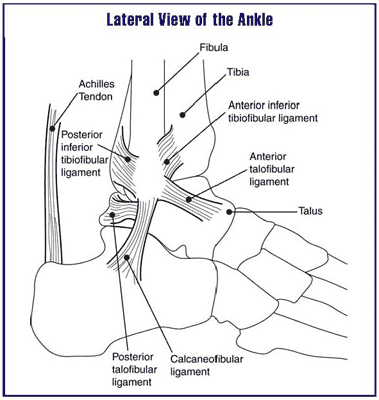
The Achilles tendon is the thickest strongest tendon in the human body. There are more pounds per square inch going across the Achilles tendon than any other tendon. It is important to realize that during an active gait cycle the Achilles tendon is under chronic mechanical load. This tendon in general can become overused and is usually attributed to an increase in activity or change in activities.
The most common cause of Achilles tendon pain is what is described as watershed region Achilles tendinitis. I encountered this in a lot of people that have begun to run or do plyometrics type activities like box jumping or jumping rope. I encouraged people not to plunge into new activities to begin to train slowly. With activities the changing and loading of the Achilles tendon can lead to Achilles tendinitis-type problems. Typically this will present as pain and swelling in the Achilles tendon. Oftentimes patients will experience increased pain that they try to push through this in addition they are at the risk of rupturing the Achilles tendon during this time.
It is extremely important that anytime a patient has Achilles tendon pain medicines evaluated by a physician. Long-term wear and tear can delay the return to normal activities. The longer patients have had these conditions there is a correlation with the longer it takes to recover. Achilles tendinopathy is one of the most common pathologies that I see if with recent developments in treatment protocols patients can return to activities sooner.
Sincerely,
Board-Certified Foot and Ankle Physician and Surgeon
Dr. Brandon Nelson, Board-Certified Foot and Ankle Physician and Surgeon, Discusses Heel pain and Plantar Fasciitis
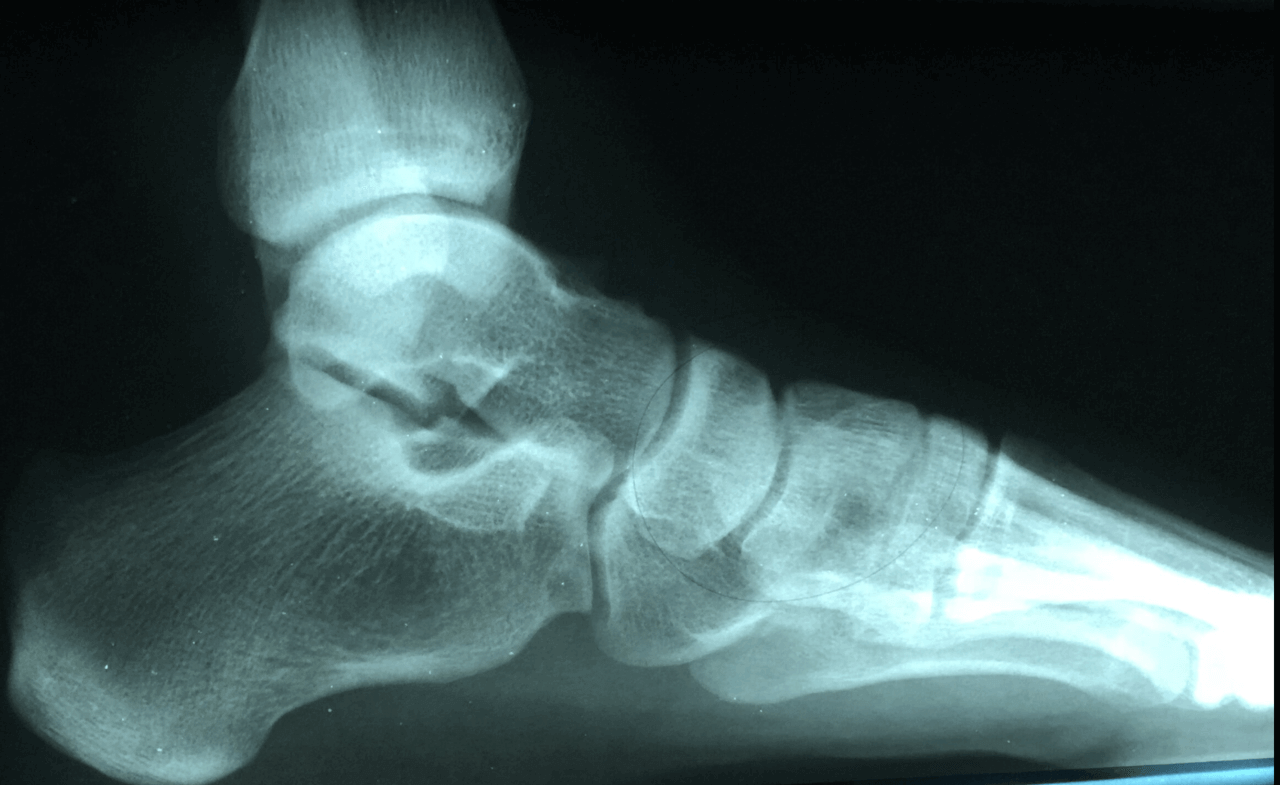
There are quite a few causes of heel pain of heel pain and it can vary by age. We tend to break it up by pediatric meaning anybody less than 18 and adult heel pain anybody over 18. Regardless of the age and the patient heel pain can be extremely challenging and very painful. We see quite a few adults and children that are highly athletic and struggling with resolving their heel pain.
Heel pain and children is typically sourced to a disorder called calcaneal apophysitis. This is a condition where the growth plate of the heel is affected. Often times with young man this occurs between the ages of 14 and 16 and for young limited between the ages of 12 and 14. We see a high correlation with sport activities especially cleated sports. It is important to have an x-ray and follow-up with the foot and ankle physician in order to evaluate the other underlying causes.
Adults tend to have pain that occurs in the morning especially when getting out of bed or after activities. We see the majority of people have often increased their exercise routine or started a new activity. The #1 cause of heel pain and adults remains plantar fasciitis. The plantar fascia is the main supporting network of the foot and can become tired and worn out with age. Again it is important to seek help from a foot and ankle physician to determine whether or not this is the underlying cause.
Heel pain in both pediatrics and adults is highly treatable and early intervention is better. The majority of these causes can be distinguished of the first visit and felt can be implemented immediately. If you’re having heel pain please make an appointment today and I can help.
Sincerely Dr. Brandon Nelson
Board-Certified Foot and Ankle Physician and SurgeonDr. Timothy Young, a Board Certified Foot Surgeon, Discusses How Doctors Diagnose Resistant Plantar Fasciitis
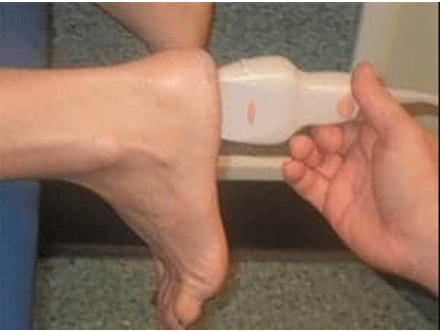
One of the essential tools for evaluation of heel pain is ultrasound high definition imaging. With this diagnostic tool, we can see if the planter fascia is excessively thickened and to what extent. For example typical thickness would be 3- 4 mm. But in severe cases it can be 7 mm or even up to 11 mm thick. This can be especially helpful when comparing to baseline or the non-symptomatic side.
In some cases there has been plantar fasciitis in the past on the non-symptomatic side or some individuals have plantar fasciitis affect on the both the right and left foot which does make baseline comparison a challenge. So when we see a severe case of plantar fasciitis with severe thickening of the fascia then we know it will be even more resistant than typical. That means that we have to consider some some of the treatment options for resisting cases such as shockwave therapy or PRP. We still have to do all of the other traditional treatments for plantar fasciitis.
Give us a call at 425-391-8666 or make an appointment online today.
Dr. Brandon Nelson a Board Certified Physician & Surgeon Discusses How Heel Pain Can Be Fixed Permanently
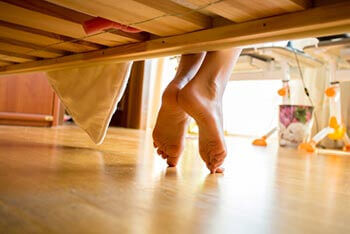
The most common cause of heel pain continues to be plantar fasciitis in adults and apophysitis (or Sever’s Disease) in children. With adults it seems to be correlated with an increase in exercise or activities and with children it is common with growth spurts. The two conditions often have similar presentations and can be treated with similar protocols. I recommend having any pain evaluated by a physician as other pathologies can cause heel pain.
They are many different treatment options for heel pain, especially plantar fasciitis. I have now observed different conservative and surgical techniques come in and out of favor. It is important to first get the correct diagnosis and then see what factors are contributing to the pain before implementing treatment. It can be helpful to have and x-ray, an ultrasound or even an MRI before tackling heel pain.
In recent years I have began to approach plantar fasciitis from both a mechanical and biological perspective. I believe foot structure and training can play a large part in the development of heel pain. I also believe once this heel pain starts it often can become chronic and this chronicity is what allows the pain to spiral out of control. Since implementing a protocol that addresses both of these aspects I have seen a huge swing in long term effectiveness. If you are suffering from heel pain for months or even years I can help you fix this once and for all. I know how painful, frustrating and exhausting it can be.
Board Certified Physician and Surgeon
Dr Brandon Nelson, A Board-Certified Physician and Surgeon, Discusses Heel Pain and Exercise
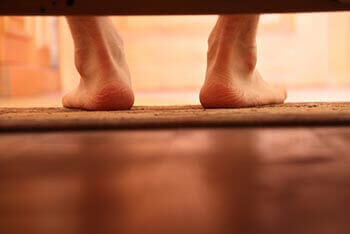
Exercise for me is an integral part of my daily life. I enjoy going for a run before work or on the weekends with my daughter. It provides much needed stress relief and helps to recharge my mind and body. I have suffered from heel pain and it was both depressing and challenging to continue on with my exercise and even daily activities.
Heel pain can often be exacerbated by exercise so I am going to provide a few tips that can be helpful:
1. Ice after exercise
2. Warm up before exercise and cool down
3. Stretching after you exercise
4. Switch to low impact activities until pain is under control
If you have suffered from heel pain for more than a month, please give us a call at 425-391-8666 or make an appointment online today.
Dr Brandon Nelson, A Board-Certified Physician and Surgeon, Discusses Ball of Foot Pain
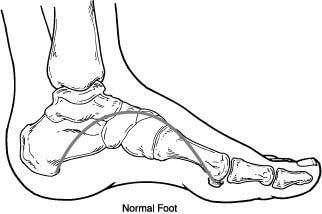
Ball of foot pain usually refers to pain in one’s feet right before or near where the toes start. This is a common area to experience pain and can be attributed to quite a few pathologies. Typically, we see certain foot structures that are associated with ball of foot pain, and these include high arched feet or a foot with a bunion deformity. These foot types can develop to two most common forefoot pathologies which are capsulitis or neuritis.
Capsulitis or metatarsalgia can create pain in the ball of one’s foot especially with activities. Most people that have capsulitis will see some swelling and sharp or a bruised type of sensation. It appears to be most common in the 2nd metatarsal and has a slow progression to worsening symptoms. Shoe gear usually makes it feel better and often there is some instability in the foot itself.
Neuritis or neuromas are often isolated to the 3rd interspace of the foot. We usually see this more often in females as opposed to males. Typically, it will be a burning or tingling type feeling. Shoes often exasperate the symptoms and foot structure does not usually have much of an influence on this pathology.
There are many different techniques to diagnosis and treat capsulitis, metatarsalgia or neuromas. It is important to obtain and x-ray and a thorough evaluation of the foot itself. There are a few instances where more advanced imaging like an MRI can provide some value. Treatment for either pathology is conservative in most cases and has a high resolution rate.
If you are suffering from ball of foot pain, make an appointment today and I will help you get back on your feet! 425-391-8666
Dr Brandon Nelson, A Board Certified Physician & Surgeon, Discusses Surgery For Heel Pain/Plantar Fasciitis

With heel pain affecting so many Americans, surgery is a common question I receive in the office. Most people that are curious about surgery have suffered from heel pain for months or even years and have tried all the conservative measures. They have tried things like orthotics, injections, splints, physical therapy and are still having pain. The discussion of surgery is an appropriate next step but at my office we have a few options that most physicians do not offer.
Surgery for heel pain or plantar fasciitis is highly successful and there are a few different procedures, but all have similar results. Many of the surgeries involve cutting or releasing the fascia and stimulating the biology of the body. The stimulating of the biology is important as it will increase blood supply and help with healing. Another procedure that has been in the current research is a gastric recession. This is where you lengthen a fascial type of structure in a patients leg to help reduce the pull of the Achilles tendon. Lately this has received a lot of attention and is showing very promising results.
I think a discussion on biology is important for this blog as well. Part of the long-term problem is chronically inflamed tissues. One’s fascia becomes chronically irritated and if you change the biology, you can usually fix the problem. I have developed a protocol and technique that is non-surgical that helps to stimulate your bodies own natural healing techniques and fixes most of the plantar fasciitis permanently. If you are suffering from heel pain I can help make and appointment today. Give us a call today at 425-391-8666 or make an appointment online.
Dr Brandon Nelson, A Board-Certified Foot & Ankle Surgeon, Discusses the Most Common Causes of Heel Pain in Children
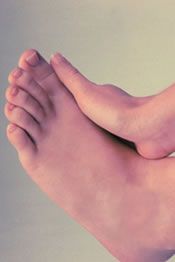
Heel pain can be common in children especially as they return to sports. We typically see girls between the ages of 8-12 and boys around 10-14. This increased incidence of heel pain at this time can be correlated with growth spurts or changes in activities. There is often a family history of heel pain as well from a parent or siblings. Unlike adults, very few children will have plantar fasciitis as the cause of heel pain. So, what are the main causes of heel pain in children? I will discuss a couple below.
Coalitions, these are where you have an abnormal connection between bones in the feet that should not be connected. Often, we see this type of pathology becoming painful after an injury, like an ankle sprain. Usually, an x-ray in needed to diagnosis this. This can differ based on location and there are two general locations of the coalitions. The two main locations are a calcaneal navicular and a talar calcaneal as the most common. The types of coalitions can vary, from bone to cartilage and even soft tissue.
Another common cause of heel pain in kids is Sever’s disease. This is basically an irritation of a growth plate that was first described by Dr Sever. This is especially common in cleated sports like soccer or football. There is usually a family history and common in flatfeet and kids with tight calf muscles. While this list is not exhaustive of all types of heel pain it is two of the most common, others can include a bone tumor, stress fracture or even a nerve irritation. Please make an appointment online or give us a call at 425-391-8666 if your child is having heel pain so we can help.
Dr. Brandon Nelson, A Board Certified Foot & Ankle Surgeon, Discusses Numbness and Tingling In Your Toes

Numbness and tingling can be quite common in people experiencing forefoot discomfort. Most people will describe symptoms like burning, pinching, numbness and tingling. These are often associated with nerve type issues and can continue to get worse without treatment. The most common causes of this in the foot are neuromas and capsulitis.
Neuromas are a nerve irritation that occurs in the foot and usually is a female between the ages of 40-60. The nerves that run between the toes are sensitive and any increases pressure can cause pain. This pain is usually made worse with tight fitting shoes or high heels. Patients usually have pain to the 3rd and 4th digit and often is only on one foot. Most people will say that rubbing the front of their foot seems to help as well as removing their shoes.
Capsulitis is usually around the base of the 2nd toe. There is often an underlying deformity like a bunion or tight calf muscle. Patients will often experience swelling and tingling or digit. It is usually made worse with walking and relieved with icing.
Neuromas and capsulitis both can be challenging for the patient and the doctor. It is important to identify the root cause and an x-ray is warranted. The treatment options available are usually very successful. If you are having forefoot pain we can help, make an appointment today.
Give us a call at 425-391-8666 or make an appointment online today.
Bunion Surgery Recovery, Dr Brandon Nelson
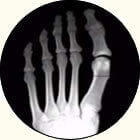
Quite a few patients ask about bunion surgery and bunion surgery recovery. I hear a lot of stories from patients about neighbors, friends or family members that have had bunion surgery. There seems to be some misconceptions about bunion surgery and some general misconceptions. I want to help clarify this for patients and anybody thinking about fixing their bunion.
Bunion surgery can really be broken down into two different procedure locations. Bunions can be corrected at the head of the metatarsal or the base of the metatarsal. The head procedures are generally utilized for smaller bunions and base procedures are better suited for larger bunions.
Head procedures are probably the most common bunion procedure. This is often called an Austin bunionectomy and has been around for greater than 50 years. It was one of the first bunion procedures and has great success and most patients can return to a normal shoe in about 4-6 weeks. Patients can walk the entire time after surgery in a boot for about 4 weeks.
Base procedures are a little more involved surgery and therefore the recovery is longer. Most base procedures can allow patients to walk in a boot in 2-4 weeks. However, the total recovery from this type of surgery can be 8 weeks or longer.
I hope this helps to answer a few bunion surgery questions! Give us a call at 425-391-8666 or make an appointment online today.



